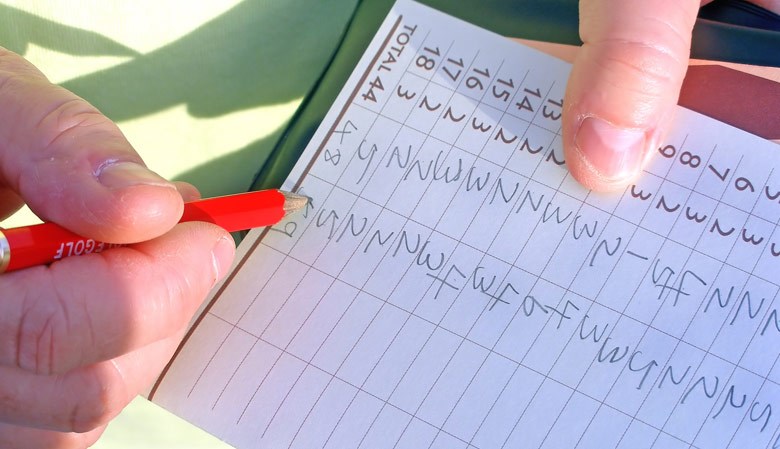How do you get a golf handicap? Is it time to change the system?
Last updated:
How do you get a golf handicap?
“Our official system is run by The Council of National Golf Unions (CONGU),” explains Gemma Hunter, Handicap and Course Rating Executive for England Golf. “Members of affiliated golf clubs can gain a CONGU handicap by returning either three 18-hole or six nine-hole cards that have been signed by someone the club deems to be appropriate, which usually means another member.”
Is three rounds enough of a test to get an accurate handicap?
Arguably not. One TG reader told us he had an old handicap of 18 when he joined a new club. Three qualifying rounds later the new club’s computer gave him a handicap of 24. “I felt like my old handicap was more accurate as it had been calculated over a greater number of rounds played over the course of four years,” he says. “My club handicap has come down to 18, but it has taken just over a year.”
“In a perfect situation you need seven or more rounds to assess whether someone has the right handicap,” admits Hunter.

Does it take too long for your handicap to change?
“Exceptional score reductions allow us to keep on top of people who are improving quickly,” believes Hunter. “This system issues an additional reduction to anyone who completes two rounds that are four or more shots below their handicap in quick succession.”
“We don’t get too many repeat winners, so I think the reduction process works well,” adds Jim Cunning, Secretary of Clevedon Golf Club. “I do, however, hear a lot of complaints about the fact that people in handicap categories four (21-28) and three (13-20) get cut 0.4 or 0.3 for every stroke they are under their handicap, but only go up 0.1 every time they go over their handicap. Members think this is unfair, as they believe older players’ skill levels deteriorate faster than their handicaps rise.”
New rules brought in this year do enable committees to review a member’s handicap after seven consecutive rounds played above handicap, which should help address the above problem.
How often should you play to your handicap?
“Your handicap is based on the score you can achieve if you play to your optimum level,” reveals Hunter. “So a scratch handicapper will shoot two-over far more often than they will shoot level par and a 21-handicapper’s average round will be more like 25 or 26-over.”
“Our members can’t get their heads round this,” says Cunning. “If their handicap is 21, they think they should be shooting 21-over every day of the week, rather than once or twice a year.”
Should the UK use the slope rating?
American golf links its handicaps to a “slope rating” that assesses the difficulty of each course for players who have handicaps greater than scratch. Once this rating has been calculated, every visiting golfer is handicapped off it. So a 12-handicapper might receive 15 shots on a very difficult course but only six on an easy one.
“I’ve played abroad and think this system is fairer,” says Cunning. “The slope system is very detailed,” agrees Hunter. “It takes everything from the depth of the rough to the placement of the bunkers into consideration.”
So why don’t we use it? Funny you should say that. “We are now using the US system to rate courses and there are discussions about moving to a worldwide handicap system,” reveals Hunter. “It is a big change, but I think something global will be in place within the next 10 years.”



